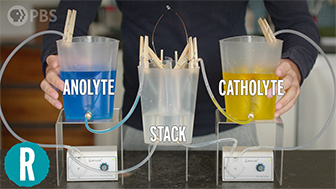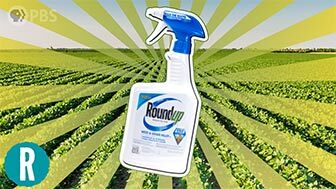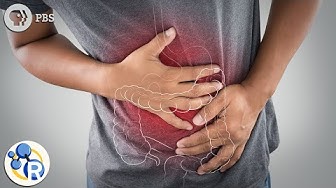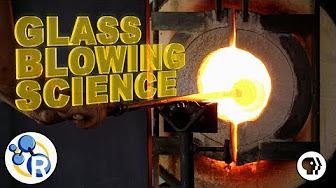Adding milk to an alcoholic drink and then curdling that milk is a 300-year-old preservation technique that was used by none other than Ben Franklin. Join George as he discovers the chemistry that makes this technique so useful, and learn how to make the best espresso martini you’ll ever taste.
Sources:
- Knovel - kHTML Viewer
- Interaction of milk α- and β-caseins with tea polyphenols - ScienceDirect
- Astringency of Foods May Not be Directly Related to Salivary Lubricity - Lee - 2012 - Journal of Food Science - Wiley Online Library
- An overview of the perception and mitigation of astringency associated with phenolic compounds - Huang - 2021 - Comprehensive Reviews in Food Science and Food Safety - Wiley Online Library
- Liquid Intelligence: The Art and Science of the Perfect Cocktail: Arnold, Dave: 9780393089035: Amazon.com: Books
- The Chemistry of Milk and Milk Products
- Milk and Milk Products: Technology, chemistry and microbiology | SpringerLink
- Milk Protein | IntechOpen
- Milk: An Overview - ScienceDirect
- Significance, Origin, and Function of Bovine Milk Proteins: The Biological Implications of Manipulation or Modification - ScienceDirect
- Casein Micelle Structure and Stability - ScienceDirect
- Structure and Stability of Whey Proteins - ScienceDirect
- The Whey Proteins in Milk: Thermal Denaturation, Physical Interactions, and Effects on the Functional Properties of Milk - ScienceDirect
- Interactions and Functionality of Milk Proteins in Food Emulsions - ScienceDirect
- Milk Protein Gels - ScienceDirect
- Food Hydrocolloids: Functionalities and Applications | SpringerLink
- The Next Generation of Fat-Washed Cocktails - PUNCH
- The Production of Perfumes in Antiquity: The Cases of Delos and Paestum | American Journal of Archaeology: Vol 104, No 2
- Chemistry and Technology of Flavors and Fragrances | Wiley Online Books
- 131-1 Formula.pdf
- Enfleurage, lipid recycling and the origin of perfume collection in orchid bees - PMC
- Formion and Physical Properties of Milk Protein Gels
- Molecules | Free Full-Text | Tannins in Food: Insights into the Molecular Perception of Astringency and Bitter Taste
- Molecules | Free Full-Text | Structural, Binding and Functional Properties of Milk Protein-Polyphenol Systems: A Review
- Isoelectric Precipitation of Casein Using High-Pressure CO2 | Industrial & Engineering Chemistry Research
- Dynamics of isoelectric precipitation of casein using sulfuric acid - Hofland - 2003 - AIChE Journal - Wiley Online Library
- On the structural models of bovine casein micelles—review and possible improvements - Soft Matter (RSC Publishing)
- Scent: A Natural History of Fragrance on JSTOR
- Sensory Characteristics and Related Volatile Flavor Compound Profiles of Different Types of Whey - ScienceDirect
- Sensory Properties of Whey and Soy Proteins - Russell - 2006 - Journal of Food Science - Wiley Online Library
- The Key to Crystal-Clear Cocktails? Milk. (Really.) | Cook's Illustrated
- Unraveling the Chemical Composition of Caramel | Journal of Agricultural and Food Chemistry
- How to Make English Milk Punch
- The Science of Fat-Washing Cocktails
- Fat Washed Butter Rum - Fat Washing Technique - The Flavor Bender
- Handbook of Fruit and Vegetable Flavors | Wiley Online Books
- Frontiers | Composition, Structure, and Digestive Dynamics of Milk From Different Species—A Review
- Tannin-assisted aggregation of natively unfolded proteins - IOPscience
- Polyphenols, astringency and proline-rich proteins - ScienceDirect
- Interactions of phenolic compounds with milk proteins | European Food Research and Technology
- How to Make Milk Punch at Home, Plus 9 Easy Cocktail Recipes | PUNCH
- For Better Froth and Texture in Cocktails, Milk-Wash Your Spirits | PUNCH
- How to Make Milk Punch Without Citrus? Try Milk Powder | PUNCH
- How to Science Your Way to a Clarified Cocktail | PUNCH








